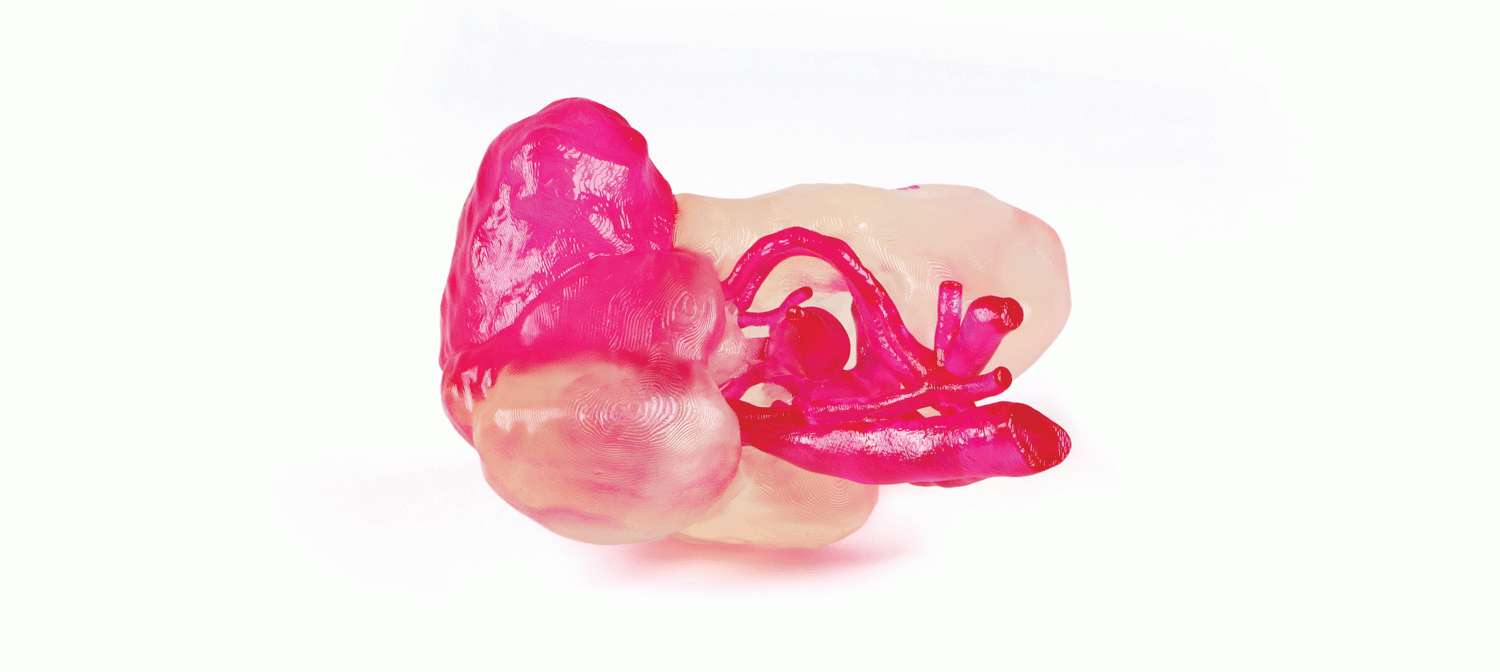
Origins: 3D Printing

From Cup to Kidney
Working late one night in 1983, Chuck Hull (EngrPhys’61) thought he’d made a breakthrough. The engineer phoned his wife, Anntionette, at their California home and asked her to drive to his lab to look at a small plastic cup.
“She said something to the effect of ‘no way,’” he says, chuckling.
But a breakthrough it was: The humble cup was the first object ever created via stereolithography — better known today as 3D printing. Hull had fashioned a three-dimensional shape by layering two-dimensional “slices” of a liquid, acrylic-based material hardened by ultraviolet light.
The discovery would become the foundation of a technology that’s now ubiquitous, from breadbox-sized printers used by hobbyists to refrigerator- sized printers used in healthcare, manufacturing and aerospace design. (Above: a 3D-printed model kidney.)
After graduating from CU, Hull took a job with a DuPont subsidiary developing analytical tools for chemists, then moved to a smaller firm that applied thin resin coatings to tabletop surfaces. The coatings cured instantly when exposed to ultraviolet light, which got him thinking about how the technology might be used to make 3D objects.
Hull convinced his boss to let him use a small lab on nights and weekends for experimenting on his own time. After more than a year of tinkering with liquid plastics, his labor paid off.
Hull secured a patent for stereolithography in 1986 and soon founded a company, 3D Systems. Initially, he saw the technology primarily as a way of prototyping objects, such as automotive parts, more efficiently. Over time, the business expanded into custom medical devices and a wide range of consumer products.
Now 76 and a member of the National Inventors Hall of Fame, Hull is still involved in the day-to-day operations of 3D Systems, which opened a 70,000-square foot healthcare tech facility in Littleton, Colo., earlier this year. The company recently helped surgeons reconstruct the facial bones of a young man injured by a landmine in Zimbabwe — a reminder of how far technology can come in three decades and the good it can do.

